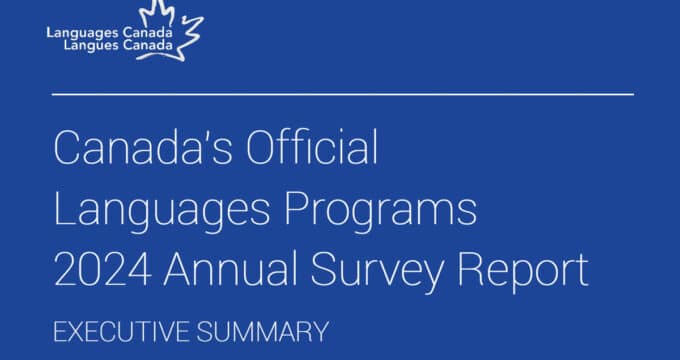Top Asian institutions form new universities alliance
The Asian Universities Alliance (AUA) was launched in Beijing on 29 April with an initial membership of 15 universities from across the region and seed funding of US$1.5 million from initiating member Tsinghua University. The new association aims to promote student and faculty mobility within Asia, and to promote collaborative research among member institutions. It also represents an effort to advance a distinctly Asian perspective in global education circles. “We believe that higher education will play an increasingly important role in future Asian societies and that economic globalisation has made openness the trend of higher education,” said a joint statement from the group. “AUA will embrace that trend by building closer ties both among member universities and with universities outside AUA.” "Asian universities should improve their global reputation and impact through co-operation and exchanges with international counterparts,” added Tsinghua University President Qiu Yong. The association is notable for a few reasons. First, it is being led by China - by Tsinghua University in particular - but also with the explicit support of the Chinese government. Chinese Vice-Premier Liu Yandong attended the launch event and delivered the keynote address to the more than 400 principals, teachers, and students of the 15 founding universities who also attended. Vice-Premier Liu said that the AUA will contribute “Asian wisdom to resolve regional and global problems,” and it will bring together "outstanding talents with an international perspective and to serve regional development.” Vice-Premier Liu Yandong delivered the keynote address at the 29 April AUA launch in Beijing. The Vice-Premier’s prominent role at the launch event underscores a policy direction of the Chinese government that we began to observe last year, one in which education figures much more prominently in China’s international relations strategy. This approach is exemplified by the role of Chinese education in the national “One Belt, One Road” strategy. “One Belt” is a massive framework for foreign investment, trade, and international links between China along with the historical Silk Road trade routes between Asia and Europe. It is providing, among other things, a ready springboard for expanded Chinese recruitment in Southeast Asia.
Leading institutions
The new AUA is also noteworthy in the calibre of its membership, as it has drawn 15 of the leading institutions in the region in a big to establish a larger footprint for Asian institutions in global academic circles. More than 400 executive staff, faculty, and students attended the AUA launch event. Along with Tsinghua University, the founding members are:
- Chulalongkorn University (Thailand)
- Hong Kong University of Science and Technology
- Indian Institute of Technology Bombay
- King Saud University (Saudi Arabia)
- National University of Singapore
- Nazarbayev University (Kazakhstan)
- Peking University
- Seoul National University
- United Arab Emirates University
- Universitas Indonesia
- University of Colombo (Sri Lanka)
- University of Malaya (Malaysia)
- The University of Tokyo
- University of Yangon (Myanmar)
A number of the founding members are within the top 50 institutions in the Times Higher Education Asia University Rankings 2017, including six of the top-ten ranked institutions:
- National University of Singapore (#1 in the 2017 ranking)
- Peking University (#2)
- Tsinghua University (#3)
- Hong Kong University of Science and Technology (#6)
- University of Tokyo (#7)
- Seoul National University (#9)
Indeed, an interest in pooling research resources and in moving up regional and global rankings appears to have been an important motivator for institutions in joining the group. A related report from Voice of America notes that, “High rankings are important to attract research money from private business and international organisations. Rankings also help in attracting the best teachers and students from around the world.” National University of Singapore Deputy President and Provost Tan Eng Chye said to VOA, ”Ranking is invariably based more on research because, if you look at educational outcomes, it is harder to gauge…If you pool a lot of money into research, then, I think, you will go up quite quickly (in the rankings).” This sentiment was echoed by Indian Institute of Technology Bombay Deputy Director Prasanna Mujumdar, who said at the the launch event, "What we would look for is strong research groups to be build up across these universities. If we have strength to pool universities together, the best of minds from both sides, each with their own niche expertise to contribute, and then (jointly) bid for research proposals.”
Boosting mobility within the region
Beyond research, some observers have noted that such a prominent consortium of Asian institutions could have a broad influence on international mobility, tilting the balance further in favour of students staying within the region as opposed to heading out to leading destinations in Europe and North America. Indeed, the growing strength of academic institutions within the region reflects a continuing shift in economic and political power to Asia and other emerging economies - marking a pattern that will continue to play out through the first half of this century. For additional background, please see:


















